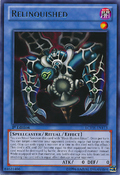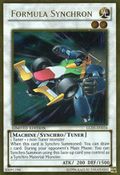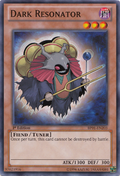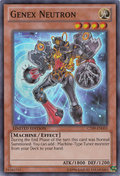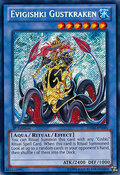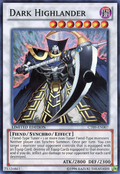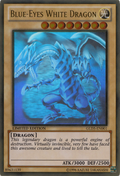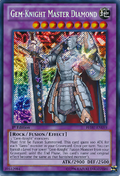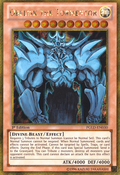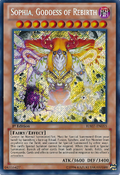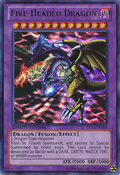Level
This article may require cleanup to meet this wiki's standards. |
| Level | |||
|---|---|---|---|
|
| |||
| Japanese |
| ||
| Japanese (ruby) |
レベル | ||
| Japanese (base text) |
星 | ||
| Japanese (romanized) |
Reberu | ||
| English |
Level | ||
| |||
A Monster Card's Level (Japanese: in the top-right. The term Level is sometimes informally called Stars, and even appears in some card errors. Monsters' original Levels range from 1 to 12. Monsters cannot have a Level less than one except for the Negative Levels featured on Dark Synchro Monsters in the Yu-Gi-Oh! 5D's anime and under certain conditions in some video games such as Yu-Gi-Oh! 5D's World Championship 2010: Reverse of Arcadia, but card effects can freely raise a monster's Level above 12, for example the effect of "Greed Quasar" allows it to be treated as having a Level above 12 (there are exceptions, like the "Fortune Ladies", that have effects that prevent their Levels from going over 12). Xyz Monsters have a Rank instead of a Level.
Monster Cards from Level 1 to Level 4 may be Normal Summoned from the hand with no cost or restriction (unless the card itself has a restriction against it in its effects). Level 4 monsters are the strongest monsters that may be summoned from the hand in this way, and are thus the most commonly used monsters. Levels 5 and 6 monsters are stronger but either require a Tribute to be Normal Summoned or have a Special Summoning condition, and Level 7 and higher monsters require two Tributes to be Normal Summoned, assuming they may be Normal Summoned at all. Level 9 and higher monsters are relatively rare, and usually are stored in the Extra Deck rather than the Main Deck, though there are noteworthy exceptions, such as "Red-Eyes Darkness Metal Dragon", "Machina Force", or any of the "Earthbound Immortals".
A common guideline is that Level 3 monsters generally have no more than 1750 ATK, Level 4 monsters have no more than 2000 ATK, Level 6 monsters have no more than 2600 ATK, Level 8 monsters have no more than 3000 ATK, Level 10 monsters have no more than 4000 ATK, and Level 12 monsters have no more than 5000 ATK. Monsters that break this rule generally have negative effects or restrictive Summoning conditions.
Level 7 and 8 monsters are generally considered the most powerful monsters that may be reliably summoned and are usually the trump cards for whatever deck uses them. Anything higher often has extraordinary, overpowering effects or sheer ATK value, but they are also usually restricted in some other way, such as not being able to be re-summoned from the Graveyard, or stringent summoning conditions, like the Sacred Beasts. A few even have paralyzing weaknesses to balance out their power, such as the "Earthbound Immortals", who all have a common effect of destroying themselves if there is no Field Spell Card on the field.
Due to the higher requirements involved in summoning them, higher-Level monsters are typically not as numerous as lower-Level monsters in a player's Deck, assuming the Deck is properly balanced. It's also important to note that although a monster's Level usually corresponds to its combat effectiveness, sometimes properly-supported low-Level monsters can be far more effective. For example, "Copycat" and "Relinquished" base their ATK upon the opponent's monster, the "Meklord Emperors" can take the ATK power of the opponent's Synchro Monsters, and "King of the Skull Servants" can have an enormous ATK in the right deck.
The Level of a monster is also necessary in the summoning of Ritual, Synchro, Xyz, and Pendulum monsters. Ritual monsters require tributing monsters whose combined levels are equal to or greater than the Level of the Ritual Monster you are attempting to Ritual Summon. Synchro Monsters require the total Levels of the Tuner monster and the non-Tuner Synchro Material Monster(s) to be exactly equal to the Synchro Monster's. Xyz Monsters need two or more face-up monsters, depending on its requirements, with the same Level as the Xyz Monster's Rank to be stacked. Finally, Pendulum Summoning allows the summoning of multiple monsters with a level between the set scales of the Pendulum Monsters in the Pendulum Zones.
Examples:
- See also Summoning Rules.

